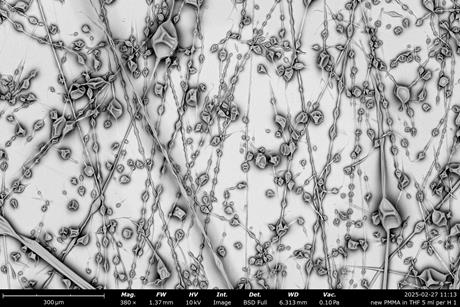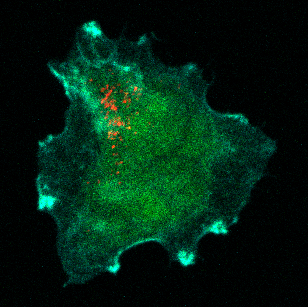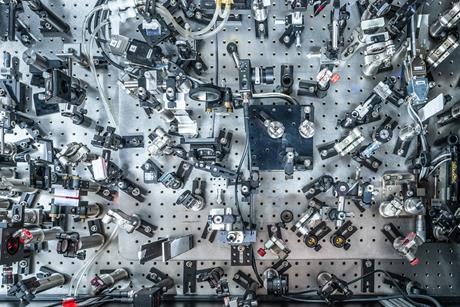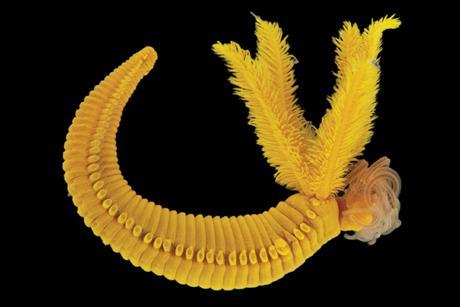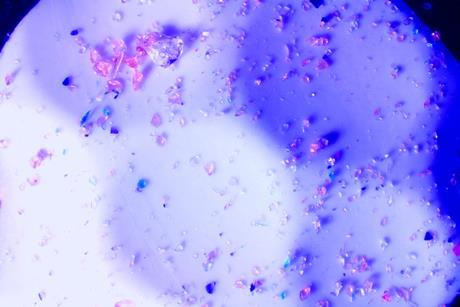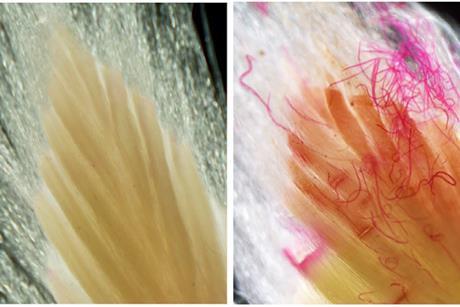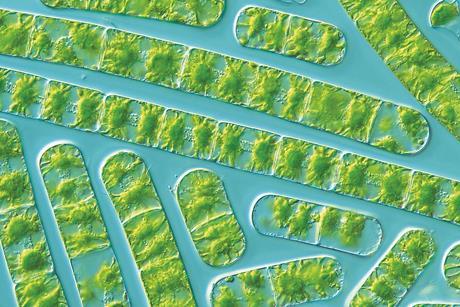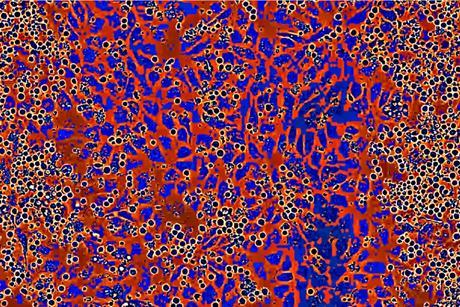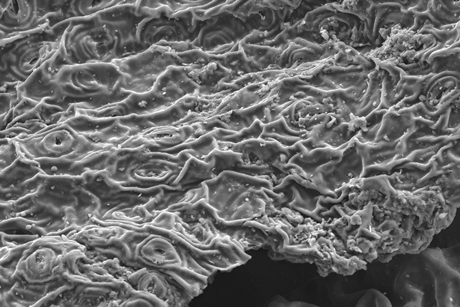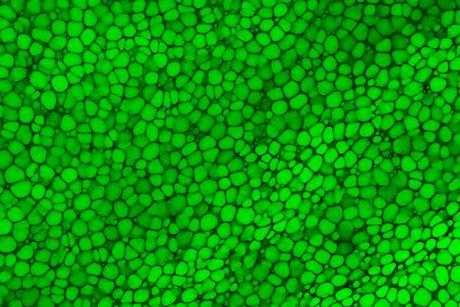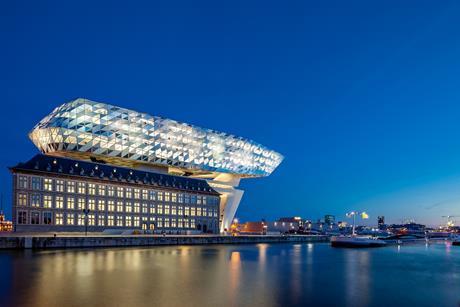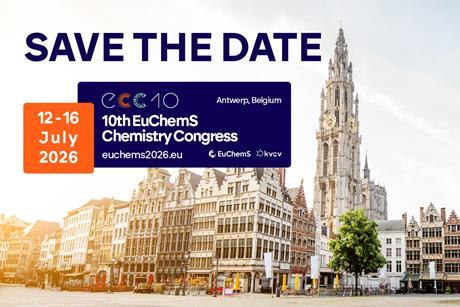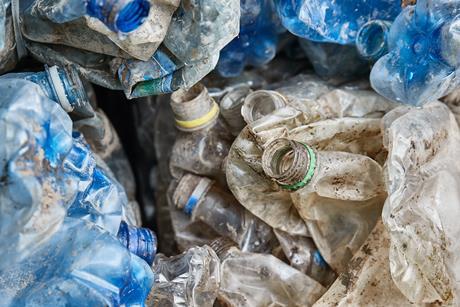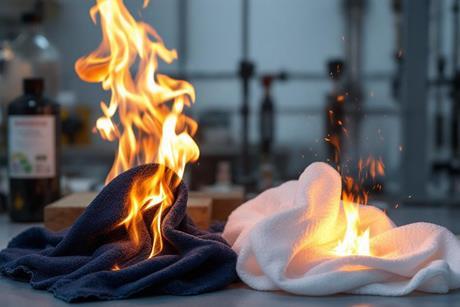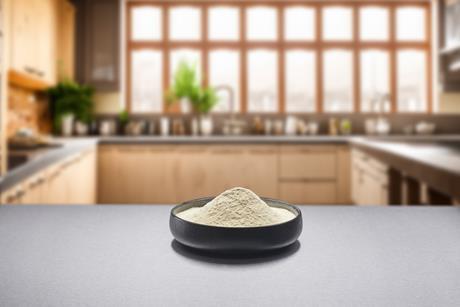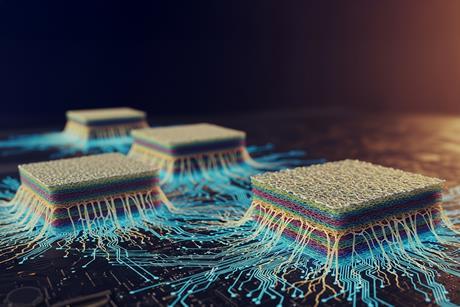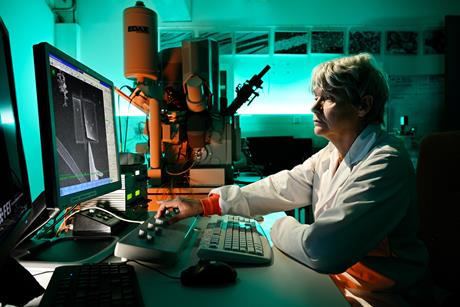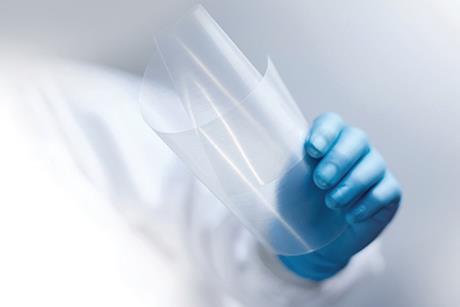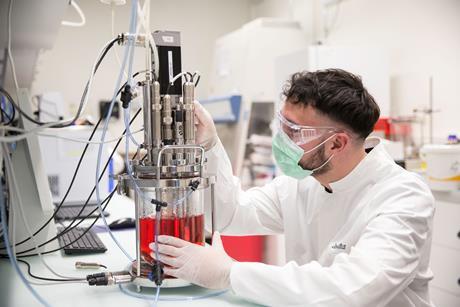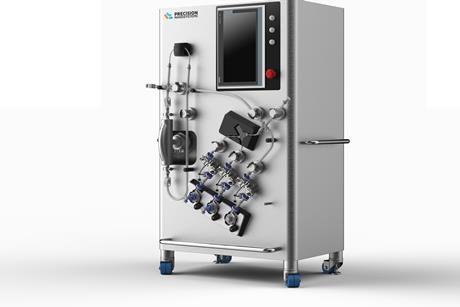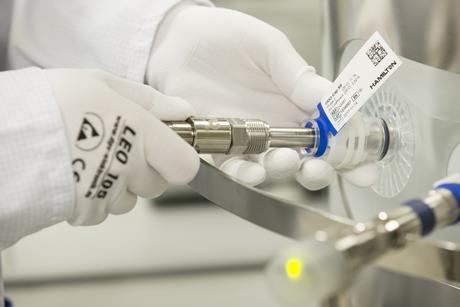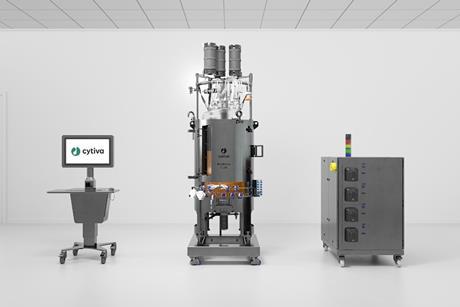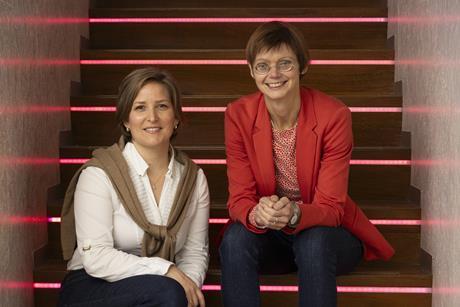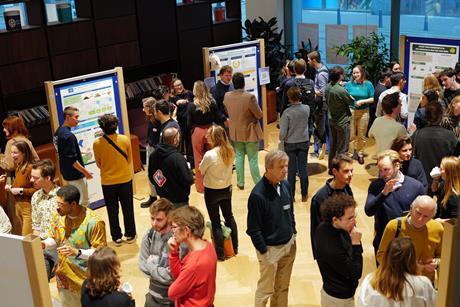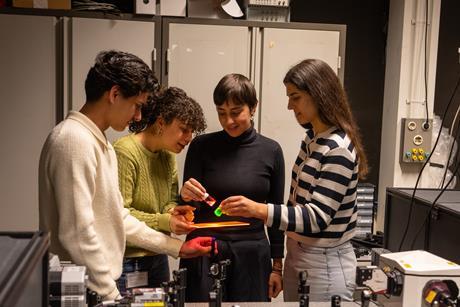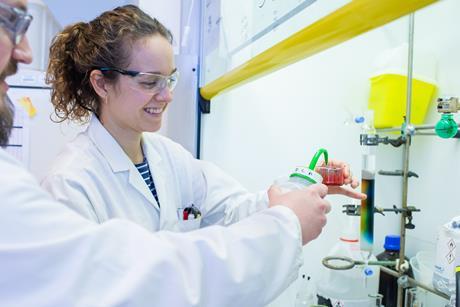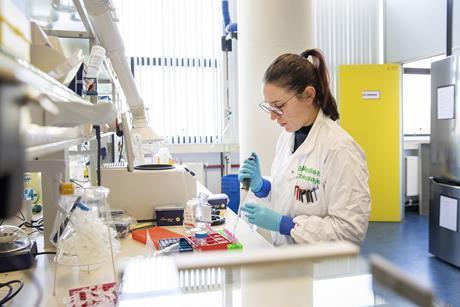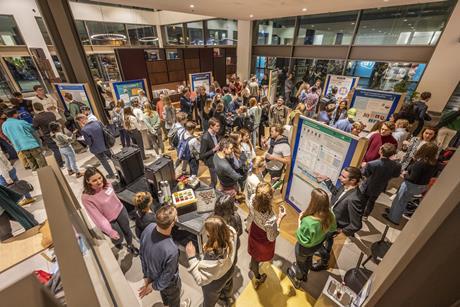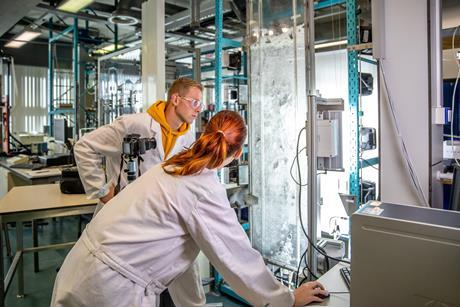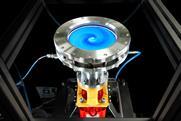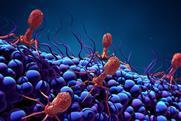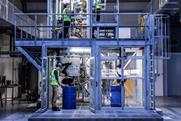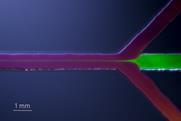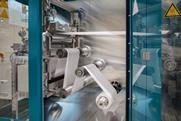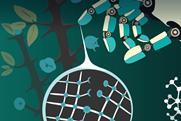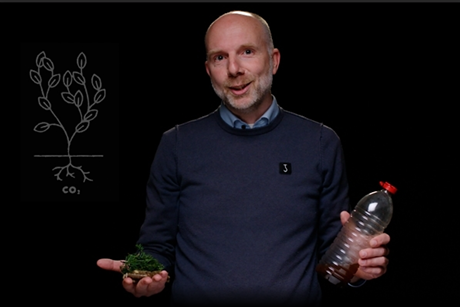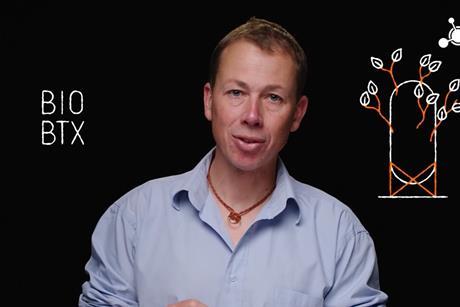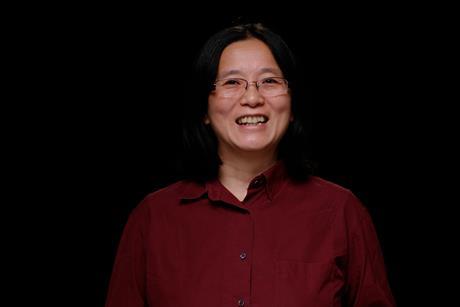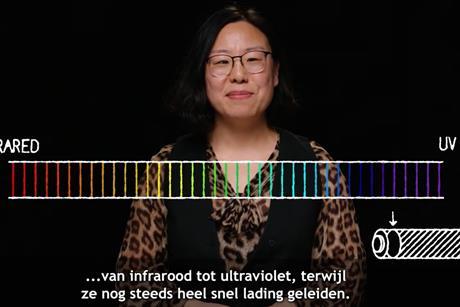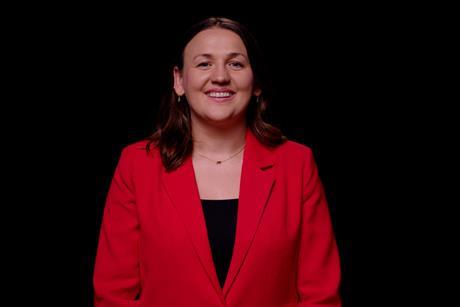The editors at C2W International are enjoying the Christmas holiday for a few weeks. In the meantime, you can enjoy the beauty of chemistry with our Photo Chemistry articles.
Festive fibers
Lipids control lethal launch
New method for controlled crystal growth
Deep-sea worm is little miss Sunshine
Gripping the green
Nasty nematodes
Stress-resistant algae
Stem cell switch
S(tea)ping against metals
Protective bubbles
- Previous
- Next
Exploring Academia with Isabelle
Protecting your focus time in academia
Should you quit your PhD?
Exploring what’s next: 10 tips for early-career researchers shaping their career path
Will you become a researcher or an AI user?
Dealing with a disability in academia
- Previous
- Next
‘Cross-cutting conferences are a great way to broaden your horizon’
ECC10 in Antwerp: Looking ahead
Analysing the Night Watch with top-notch chemistry
- Previous
- Next
PET upcycling reveals fundamental catalysis stages
In a paper published in Angewandte Chemie, a British-Dutch research team revealed a method of upcycling PET waste into a pharmaceutical precursor using an suboptimal catalyst. They also gained insights into the catalytic mechanism.
From sugar to safety: a new era in flame retardants
While many current flame retardants are effective, they contain halogens such as chlorine or bromine, which are not ideal in terms of safety. In ChemCatChem, researchers from KU Leuven, Oleon and Devan present the synthesis approach of a new phosphorous, biobased flame retardant.
Hormone-free plant regeneration
Researchers at Wageningen University & Research and KeyGene have developed a method that enables plant cells to regenerate into new plants without the need for externally administered hormones. The researchers report their findings in The Plant Cell.
Mysterious dimer unravelled
For decades, researchers labelling cysteines with methanethiosulfonate groups have observed the formation of a mysterious dimer. Martina Huber set to work with a team from Leiden to unravel the hitherto unknown structure. The answer to the puzzle can be found in ChemistryOpen.
Fungal powder to feed the world
Fermentation has a positive ecological footprint. Dutch start-up The Protein Brewery uses this process to ‘brew’ a fungus that is a highly nutritious, complete source of protein. ‘We are becoming more aware that animal proteins alone are insufficient.’
Silky smooth transition from bachelor to PhD
After completing two bachelor’s degrees in Spain, Cristina Izquierdo Lozano bypassed the master’s degree-route and started her PhD research at Eindhoven University of Technology. Her pursuit of new acquaintances led her to take up aerial silks.
‘Breakthroughs in science emerge bottom-up’
Multidisciplinary research is one those buzzwords that pop up everywhere. But creating an environment where scientists are eager to share their expertise requires more than mere lip service, says ICMS scientific director Jan van Hest. ‘Multidisciplinarity is not just a box to be ticked, but it is an absolute prerequisite ...
The scientist’s eyes
Studying nanostructures at near-atomic resolution is the bread and butter of the ICMS Center for Multiscale Electron Microscopy. Here, Heiner Friedrich and his team are continuously improving these already advanced techniques to provide an even more accurate view with minimal noise and high throughput.
Engineered sampling systems ensure perfect product protection
Developing a fit-for-purpose bioprocess film
Pioneering Sensor Technology Helps Solve Biopharma Challenges
Cytiva launches first formulation system to enable end-to-end clinical and commercial manufacturing of lipid nanoparticle medicines
HOF Freeze-Thaw Unit Pharma – Next Generation
Single-Use Technology in Biopharma: Advancing Process Efficiency with Hamilton’s Innovative Range of Single-Use Sensors
Increasing process efficiency with X-platform bioreactors by Cytiva
- Previous
- Next
Applied Molecular Sciences - HAN University of Applied Sciences
Industrial Ecology (MSc) – Leiden University
Master Life Science and Technology - TU Delft
Master Nanomaterials Science - Utrecht University
Master Sustainable and Circular Chemistry - Utrecht University
Master Biomedical Engineering – Eindhoven University of Technology
Governance of Sustainability (MSc) – Leiden University
Drug Discovery Sciences – Vrije Universiteit Amsterdam
Chemical Engineering (MSc) – Eindhoven University of Technology
- Previous
- Next
Photo Chemistry
Festive fibers
Lipids control lethal launch
New method for controlled crystal growth
Deep-sea worm is little miss Sunshine
Gripping the green
Nasty nematodes
Stress-resistant algae
Stem cell switch
S(tea)ping against metals
Protective bubbles
- Previous
- Next


